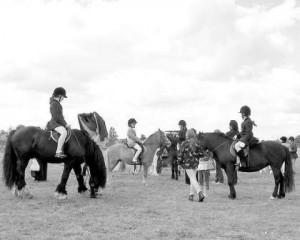The welfare consequences that result from doping really have to do with the intentions behind the action. Not all doping is bad or results in bad welfare. If the horse is put into a better mental state through the use of substance, such as by alleviating pain or treating injuries, then this will result in better welfare. If the horse is pushed to further injure itself through the use of drugs blocking natural pathways that would usually tell the horse to rest then the result is bad welfare. There is no clear-cut answer here, however there are trends that can be seen.
If a horse is competing in a high stakes area, perhaps with the possibility of winning lots of money, it is more likely to be treated as a tool for success. The disciplines that cause human and horse to spend increased amounts of time one-on-one working as a team, such as jumping or dressage, are likely to practice good welfare. The disciplines that do not have the same bond between human and equine, such as horse racing, are more likely to view the horses as machines and practice bad welfare. These are just generalized trends though; every case is unique just like every horse and every human-horse bond.

